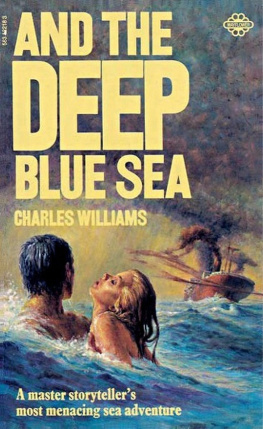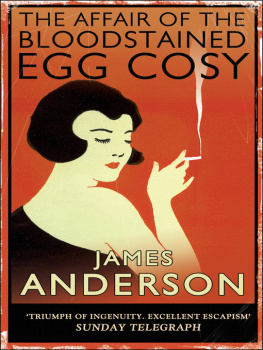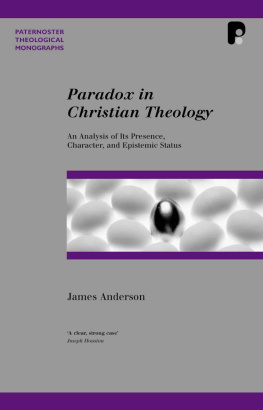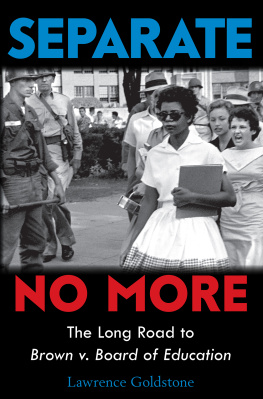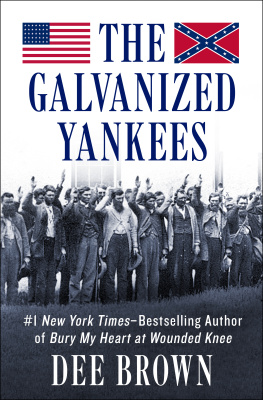ACKNOWLEDGMENTS
The Black Issues in Higher Education editorial team had a very broad audience in mind when we put this book together. We thought about a readership who might range from those who may not know anything about the case to those who may have more specialized knowledge. We were committed to creating a widely accessible book because we feel that a deep understanding of the impact of Brown is essential to continue the efforts toward full citizenship for all Americans. Brown was an item on that larger agenda. The Unfinished Agenda offers enlightening chapters on themes that make up this landmark case and provides a lens through which to view race relations and education in America today.
These chapters are not meant to be definitive; they are to serve as reflections on the profound transformation of the United States over the past fifty years. We asked ten scholars, researchers, and writers from very diverse backgrounds to share their perspectives. To view Brown solely through a legal lens ignores its profound reverberations. To examine only the educational and social outcomes attributed to Brown ignores the responsibility of the courts and the legal system. To appreciate the impact and significance of Brown over a fifty-year span of segregation-desegregation-resegregation in American education, a wide variety of voices had to be represented, including visionaries who participated in the Brown decision.
The strength of this book is its focus on the relationships between core issues and tangential arguments about the decision. The chapters are intentionally interpretive. The contributors have rendered some of the most provocative and insightful analyses available on the topic.
Kahlil Chisms chapter serves as a detailed and much-needed overview of the case. Chisms piece anchors every other chapter in this book and brings the timeline found on page xxxiii to life.
Juan Williamss chapter on the attorneys details the legal strategy developed by former dean of Howard University School of Law Charles Hamilton Houston and the NAACP Legal Defense Fund. Williams shows us Thurgood Marshall up close, his posture in the courtroom, and how he won over an all-white Supreme Court. The legal analysis provided by Charles Ogletrees chapter makes sense of the cases leading up to Brown while also explaining recent cases that have all but reversed the impact of Brown in the courts. The legal mind of Ms. Geneva Crenshaw in Derrick Bells chapter will certainly intrigue. A straightforward and easy-to-follow dialogue that examines several important legal cases, Bells chapter considers what might have happened if Brown had been lost.
Mary Futrells chapter gives extensive detail about the role desegregation played in the waning presence of black teachers while also showing that the rise of blacks to top decision-making positions in education could not have been possible without Brown. Futrells argument is solid, but her reflections on her experience as a teacher during this period form the heart of the chapter.
Richard Wrights chapter uses sociolinguistic methods to explore the hidden meanings behind the language in the decision. The chapter simplifies some rather complex analytical tools to provide an easy-to-follow interpretation of the use of terminology such as separate but equal.
The Black Issues editorial team made a special effort to include perspectives from other communities that have been impacted by Brown. The legacy of struggle against racism, segregation, and equal access to education in the Asian American and Latino communities is discussed in the riveting chapters written by Evelyn Hu-DeHart and Marco Portales. Hu-DeHarts comparative analysis of Asian American students demystifies the virtue of the model minority label given to Asians everywhere. A. Wade Boykin and James Joness chapter is the perfect overlap for Hu-DeHarts and Portales chapters. Boykin and Jones survey the major approaches to black childrens education today, but the centerpiece of their argument is the psychological impact of diversity on all children.
Significantly, Gary Orfields chapter at the close of this book calls to our attention the need for renewing our commitment to movement-building and political change to finish the work started so many years ago.
We also wanted to make the lived experience of Brown available to our readers. Ishmail Conway was asked to interview several people who were involved with the case, and the results of his and other interviews are the Voices of the Era pieces throughout. These firsthand reflections of experiences during segregation are legacies, and it would have been unwise to ignore these voices. We feel privileged to include them.
There is great power and pain in all the personal stories about Brown that have been tucked away for the past fifty years in the collective consciousness of those who waged a valiant struggle for educational equality for black children in the United States. The remarkable common thread is that each group of activists sought relief from oppression and access to opportunity, even under dire circumstances, by challenging the law. These narratives serve as valuable benchmarks for continued analysis of the unfinished agenda in post-Brown America.
The core issues addressed in The Unfinished Agenda constitute areas of contentious debate. It is impossible to cover them fully, and it has been a challenge looking back and looking forward with a critical eye. There is much to read and much to understand about Brown, and we trust that The Unfinished Agenda will spur you to begin your own fiftieth-anniversary reflection.
About Voices of the Era
Many of the sidebar narratives in this volume are drawn from Ishmail Conways interviews with plaintiffs, attorneys, teachers, students, and activists involved in the Brown v. Board of Education case. This is but a small collection of oral histories related to this historic decision in the Supreme Court and in earlier decisions in lower courts.
AFTERWORD
REAFFIRMING THE LEGACY
C HERYL B ROWN H ENDERSON
Before the Brown decision, Topeka was a town with varying levels of integration. Some neighborhoods were integrated, as segregated housing was not as prevalent there. People really lived where they could afford to live. In this sense, Kansas was a perfect test case for school integration in the United States. The schools in Topeka before Brown were all built by the same person; four were African American schools and eighteen were white schools. They were all very nice brick buildings. Brown was not a facilities issue as much as it was an issue about freedom. Only the elementary schools in first-class cities defined as populations of 15,000 or more were segregated, while junior highs, high schools, and elementary schools in the small towns were not.
Oppression did not impact Topeka as it had in other parts of the country. We lived our lives in that protected cocoon of the African American communityour churches, our schools, our lodges, our social clubs, and our sororities. African American children didnt really notice that their lives were somehow thought of as being less important than those of white children. It was a positive experience.
After Brown that feeling of unity and cohesion was gone. One of my fondest memories is of going to NAACP meetings, and the adults and children would all stand to sing Lift Every Voice and Sing. It was like being within this forest of adults. It made me feel very secure. To this day, when I hear that song, I get a warm feeling, the feeling of security because they were so determined. You could feel the determination in the room.
Next page

